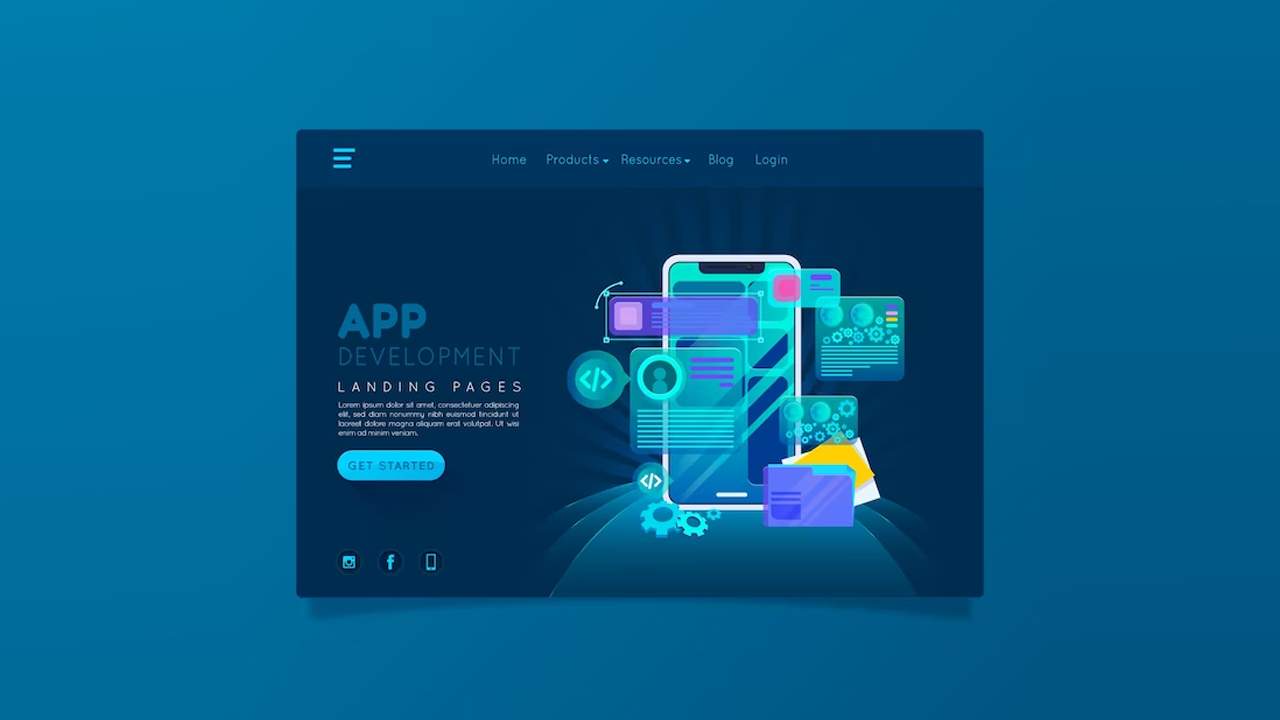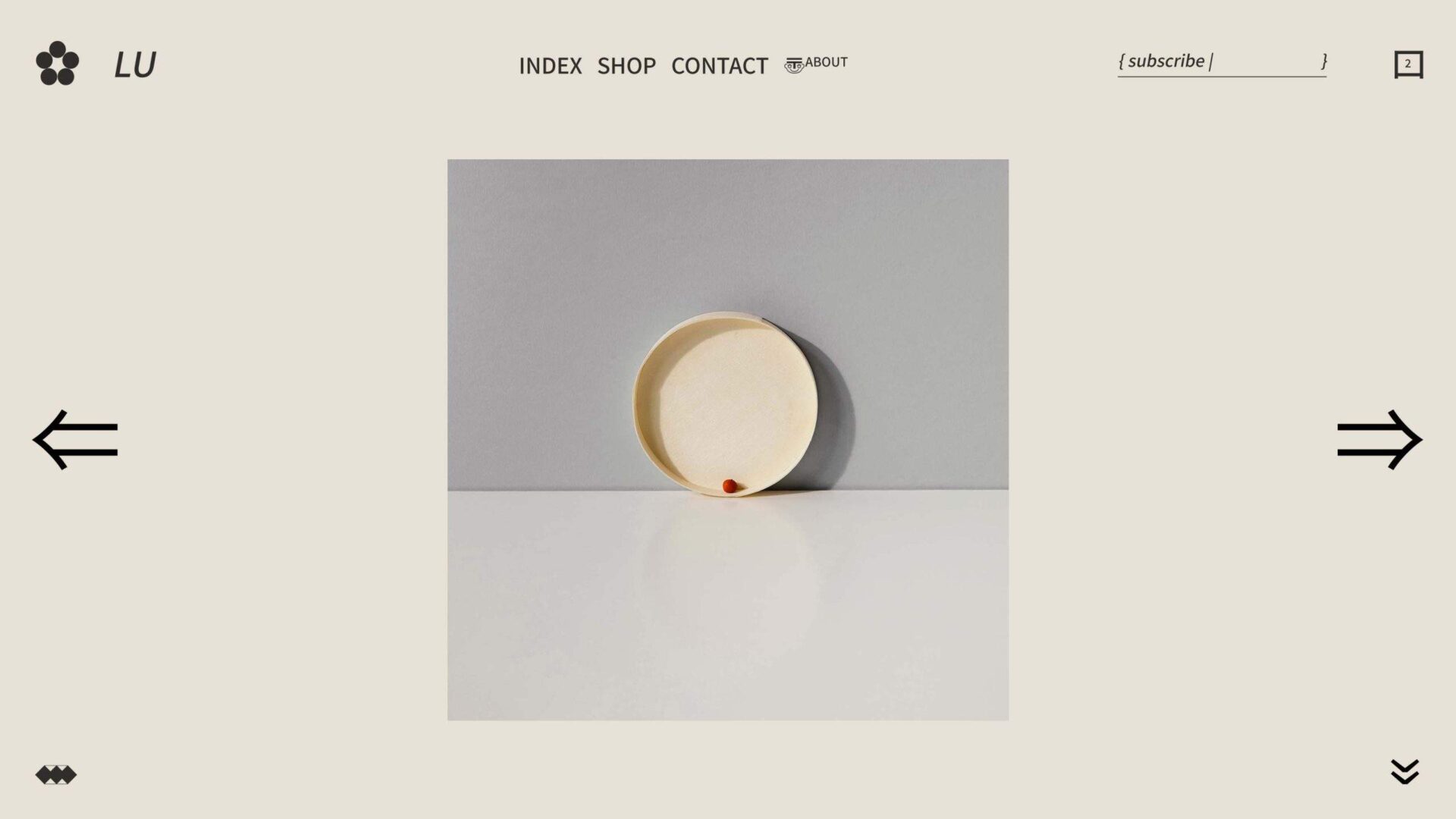The future of website design is dominated by mobile devices, and in order to provide an optimal experience for visitors who access websites on the go, companies are increasingly turning to Progressive Web Apps (PWAs) as a solution. PWAs combine features of native apps with the ease of use of web browsers, allowing them to deliver lightning-fast performance and reliable availability, even when users don’t have access to wifi or cellular service. In this comprehensive guide, we’ll take a look at six essential features that make up a PWA so businesses can decide if they are ready for this next level of website performance.
What is a Progressive Web App (PWA)?
Progressive Web Apps (PWAs) are innovative applications that are transforming the way we use websites on our mobile devices. A PWA is essentially a website that can be accessed as if it were a mobile app. It is built using similar tech as mobile app development and even has features that allow it to function like an app. These features include the ability to work offline, push notifications, and access to device hardware. The beauty of PWAs is that they don’t require a download from an app store, as they can be accessed directly from a web browser. This means they take up minimal space on your device and can be updated in real-time without requiring you to download updates. With PWAs, you can easily access your favorite websites in a way that feels like you have a dedicated app for each one, without the hassle of downloading and managing multiple apps.
How PWAs Can Enhance User Experience?
Progressive Web Applications (PWAs) combine the best of both worlds, providing the high engagement of native apps and the accessibility of web applications. PWAs enable users to receive a seamless experience regardless of the device they use through progressive enhancements and responsive designs. Furthermore, they have a unique feature that allows them to work offline and maintain data that is updated as soon as the user connects to the internet. By implementing PWAs, businesses can enhance user experience and increase customer retention. Users can enjoy faster page loading times, smoother animations, and more immersive interactions. PWAs offer a unique opportunity for businesses to provide a more user-centric experience which will ultimately lead to increased engagement and loyalty from customers.
Features of PWAs
Progressive web apps (PWAs) have quickly become a game-changer in the world of app development. One of the most attractive features of PWAs is their ability to work seamlessly on any device, whether it’s a smartphone, laptop, or tablet. This versatility is a result of their responsive web design which enables them to adjust to the screen size and operating system of the device being used. Another key feature that sets PWAs apart is their ability to function offline. This is made possible through the use of caching, a process in which the app stores data locally so that it can be accessed even when there’s no internet connection. PWAs also offer a more immersive app experience, similar to that of native apps, through the use of push notifications, background data updates, and easy installation that doesn’t require going through an app store. With all these features combined, it’s not hard to see why PWAs are gaining widespread popularity among developers and users alike.
Feature #1 – Responsive Design
With their responsive design feature, PWAs ensure that their users have a seamless experience across different devices, be it a smartphone, tablets, or desktop computers. Whether you’re scrolling through a PWA on your phone during your daily commute, or switching to your laptop at home in the evening, the PWA’s responsive design ensures that the user experience remains smooth and consistent. It’s this feature that makes PWAs such an important innovation in the world of web development.
Feature #2 – Offline Functionality
As the name suggests, PWAs offer progressive functionality, including offline capabilities, which is a game-changer for users. With PWA’s offline functionality, web applications can store and retrieve data even if the user does not have an active internet connection, allowing them to access essential features, even when the network is unavailable. Imagine never having to worry about losing work during network outages or being unable to complete a task just because the internet is down. With PWA’s offline feature, those worries are a thing of the past, making web applications more accessible and reliable for everyone.
Feature #3 – Push Notifications
Push notifications are one of the most significant features of progressive web apps (PWAs). These notifications are unique because they allow businesses and organizations to communicate directly with their customers or users without needing them to be active in the app. This means that you can send users messages about new features, sales, or reminders without them even having to open the app. With PWAs, push notifications can be personalized to suit the user’s preferences and interests, making it a more engaging and effective way to communicate. Additionally, users can quickly and easily opt-in or opt-out of push notifications, giving them complete control over their experience.
Feature #4 – Secure Connectivity
PWAs offer secure connections, ensuring users are protected from data breaches and unauthorized access. These web applications work with HTTPS protocols to encrypt communication between servers and clients, so the data is not accessible to any third party. PWA’s secure connectivity also means that users do not have to worry about their sensitive information being compromised when using these apps, giving them peace of mind while they go about their daily routines. Overall, the secure connectivity of PWAs delivers a safe and secure user experience, making it one of the most reliable forms of online engagement.
PWAs Feature #5 – Mobile-Friendly Components
With their Mobile-Friendly Components feature, PWAs make it easy to optimize your website for mobile devices without sacrificing functionality or design. By incorporating responsive design principles, PWAs ensure that your website looks and works perfectly whether viewed on a desktop, tablet, or smartphone. This feature also allows for the seamless integration of native mobile features, creating an app-like experience that keeps users engaged and coming back for more. Overall, the Mobile-Friendly Components feature is just one more reason why PWAs are the future of web development.
Feature #6 – Cross-Platform Compatibility
One of the most exciting features of Progressive Web Apps (PWAs) is their ability to work seamlessly across multiple platforms, including desktop computers, mobile devices, and even smart TVs. This cross-platform compatibility is a game-changer for developers who previously had to build and maintain separate versions of their apps for each platform. With PWAs, a single version of the app can be accessed and used on any device, with no loss of functionality or performance. This not only saves time and resources but also improves the user experience by providing a consistent interface across all devices. Whether you’re a developer or a user, the cross-platform compatibility of PWAs is sure to impress.

Best Practices for Developing a PWA
Developing an effective PWA can be a challenging task if you don’t follow the best practices.
- To start, make sure that your PWA is reliable, fast, and responsive. No user wants to wait forever just to access your site.
- Additionally, secure your app by using HTTPS and including a service worker to facilitate offline access.
- Make sure to provide an immersive user experience by including a single-page application framework and allowing users to install your app on their devices.
- Lastly, keep track of your app’s performance and continually improve its usability.
By adhering to these best practices, you can create a robust and valuable PWA for your users.
Conclusion
In conclusion, PWAs are becoming increasingly popular due to their ability to provide a modern and interactive user experience. While many features such as responsive design and offline functionality have already been discussed, other valuable components like push notifications and secure connection can also be added for extra convenience. Furthermore, PWAs typically perform better across all platforms when compared to website versions of the same app. Developers should take care to follow best practices when developing a PWA; such steps include specifying correct metadata for the app, optimizing images to increase loading times, and making sure all user data is properly secured. PWAs are a great way to improve customer satisfaction and make a lasting impression on your users – so why not give them a try?
















